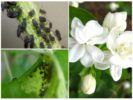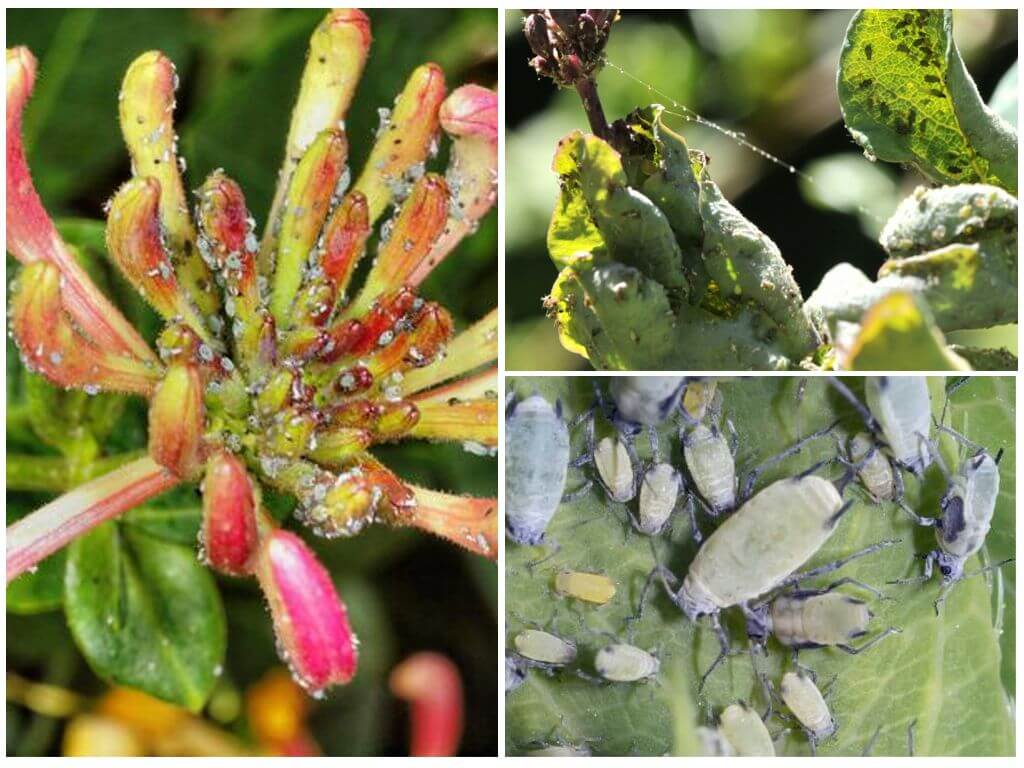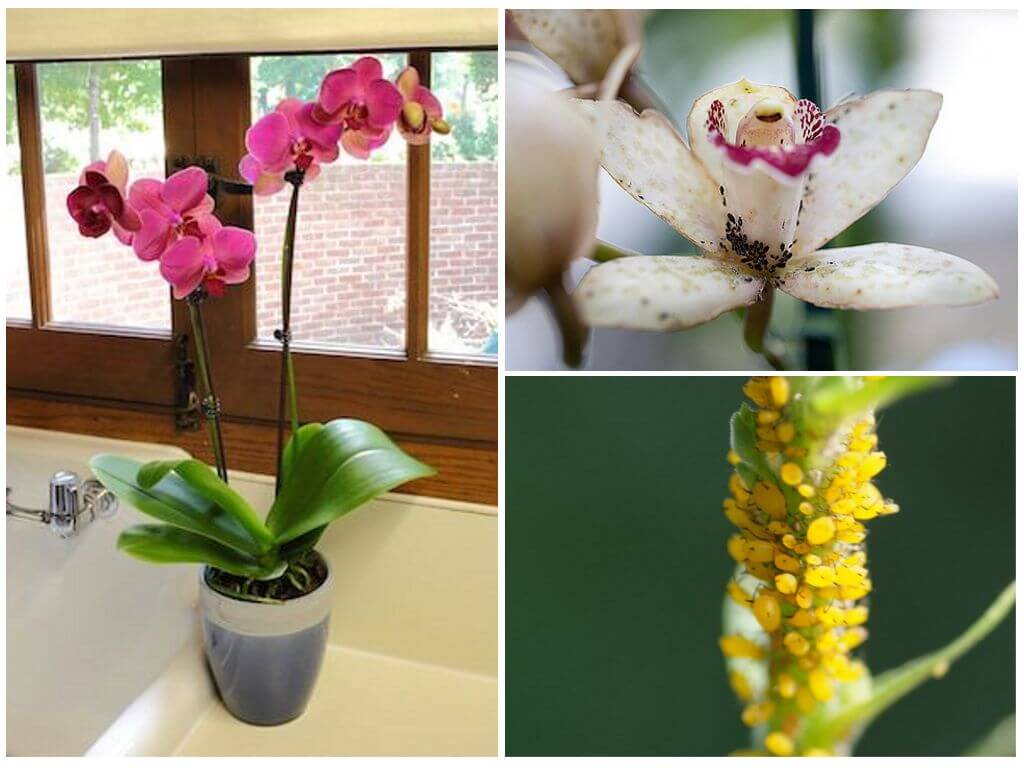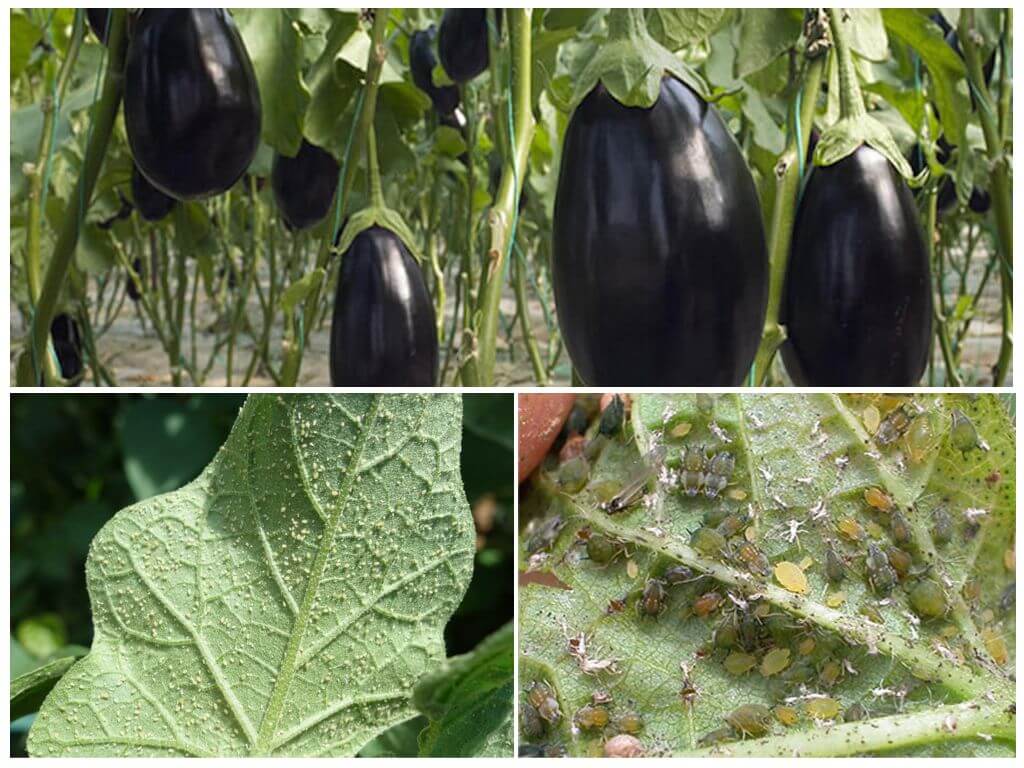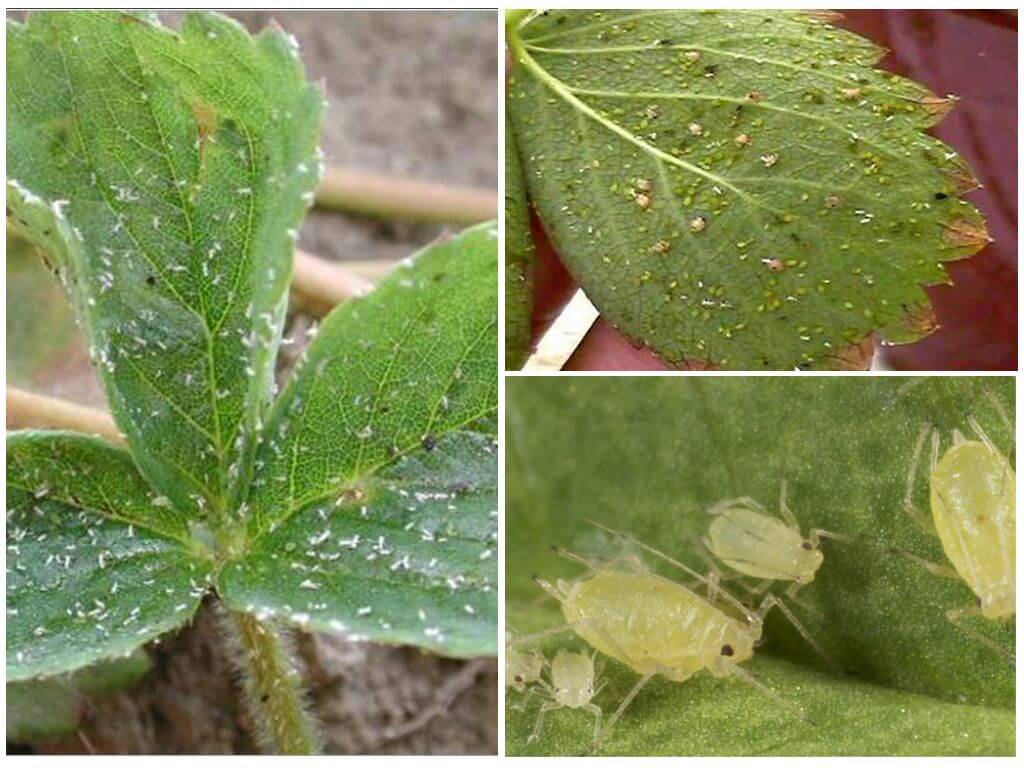- Jasmine aphids
- Folk recipes from pests
- Biological and chemical preparations
Jasmine is often confused with a common garden shrub - mock up. Broadleaf plant forms round bushes with dense branches. Jasmine is a tropical plant climbing a shrub of the olive family. Homeland is India. The bush is resistant to various diseases, but can not resist against aphids. How to get rid of aphids on jasmine is the main question of the summer period, which must be solved quickly.
Jasmine Pests
A black jasmine aphid is planted on the bush, less often bean-spindle tree aphid. The main wrecking begins in late July, in August. Small insects form whole colonies, each female reproduces 40 cubs at a time.
Winters aphid in the form of eggs. By the end of summer, winged females lay their eggs closer to the shoots in the lower part of the bush. In early spring, larvae appear from them, which immediately begin to wreck.
The appearance of black aphids can be seen in the appearance of the bush:
- leaves twist, turn yellow, fall off;
- dark spots appear on the foliage;
- the tops of young shoots dry up;
- the flowers do not bloom, quickly fall off.
Fighting aphids on the mock-up and jasmine is necessary to save the bush, to prevent infection of the entire garden, flower garden.

Biological, agrotechnical methods
Aphids do not tolerate the smell of some plants, so repellents are recommended to be planted near jasmine. These include:
- calendula;
- hybrid petunia;
- peppermint;
- marigold;
- parsley.
Interesting!
Near the jasmine bush, you can plant dill. Umbrellas attract a ladybug, lacewing, some types of bugs. These insects are natural enemies of aphids, quickly cope with a colony of pests.
Aphids lay eggs closer to the surface of the soil. To prevent infection, you should sprinkle soil around the bush with wood ash, pour hot water, dig. Ash penetrates the juice of the plant, giving it bitterness.
Folk recipes
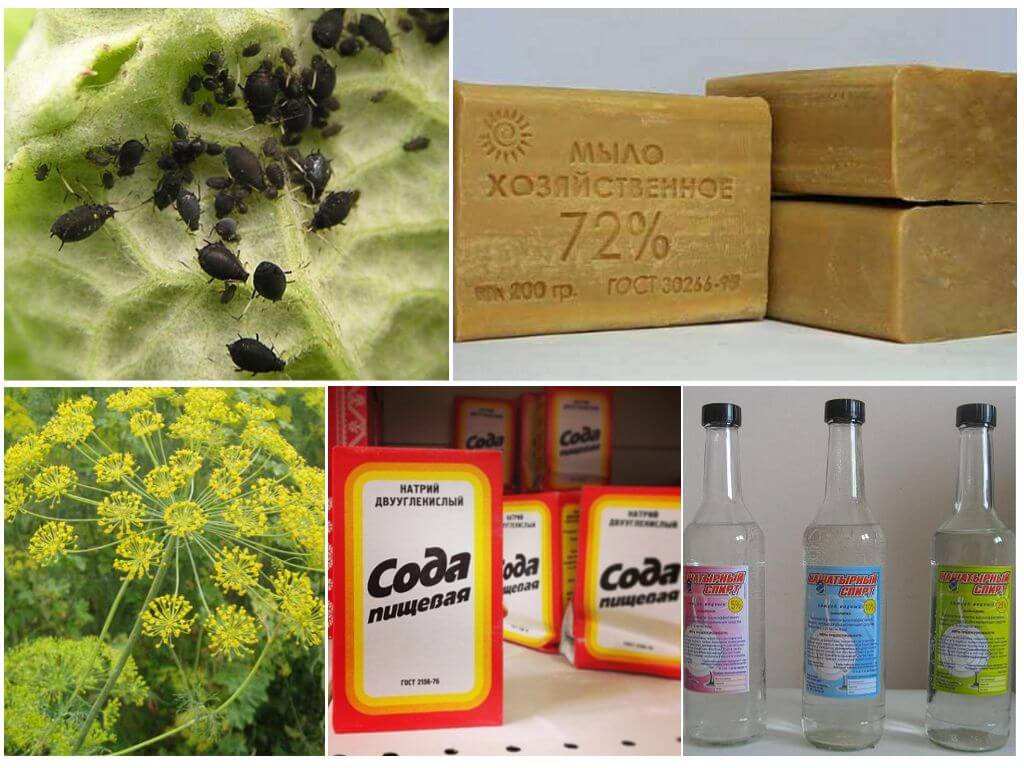
How to process jasmine from aphids, you do not have to invent a long time. Active components are almost always on the farm or grow in the fields.
- Grate 200 g laundry soap. Dissolve in 1 liter of warm water. Add 9 liters of cold. Spray jasmine from a garden spray gun.
- Stir in a bucket of water wood ash, red, black pepper, mustard, cinnamon. Add soap. It is enough to process the jasmine bush 1 time so that the aphid disappears.
- Pour 200 g of onion peel 10 l of water. Boil for 20 minutes, leave for 24 hours. Strain, add 100 g of laundry soap.
- Mix in equal proportions baking sodasalt. Add 10 liters of soap.
- • Dilute 50 ml in 10 l of water ammonia. To process a jasmine bush with a watering can with a wide nozzle. Re-processing with ammonia is allowed after 14 days.
- Grind tobacco, add 200 g of tobacco powder, pour 10 liters of cold water. After a day, boil for an hour. When the product has cooled, add soap.
Also often used:
On a note!
Handle jasmine bush folk remedies necessary several times.This is best done in the morning, in the evening. Soap should spray the bush in hot weather.
Biological products
The remedy for aphids on jasmine based on the waste products of microorganisms. The drug begins to act immediately, but the effect is noticeable after 3-5 days. Repeated processing is carried out to consolidate the result after 2 weeks.
On a note!
Biological products do not harm the plant, but do harm to any insects. Jasmine should be processed before flowering or after it.
The most effective remedies are:
- Fitoverm;
- Intavir;
- Arrow;
- Spark bio;
- Jaguar.

Sprinkle the bush in dry weather. Heavy rains, high temperature reduce the effectiveness of the drug. Protective properties are maintained for 14 days.
Chemicals
Black aphids on jasmine appear already in early spring, so it is necessary to start active action before the leaves bloom. Spray jasmine need insecticidal drugs a wide spectrum of action. They destroy insects during the day, retain their properties for up to 30 days.
Timely treatment of jasmine in early spring provides the plant with protection against aphids for the flowering season. Re-spray at the end of summer. You can use tools such as:
- Spark;
- Karbofos;
- drug Tanrek;
- Actellik;
- Actar remedy.
Jasmine is one of the most common shrubs in the garden. The plant pleases with long flowering, pleasant, rich aroma. To see all this beauty, it is necessary to monitor the condition of the bush, take timely measures.
